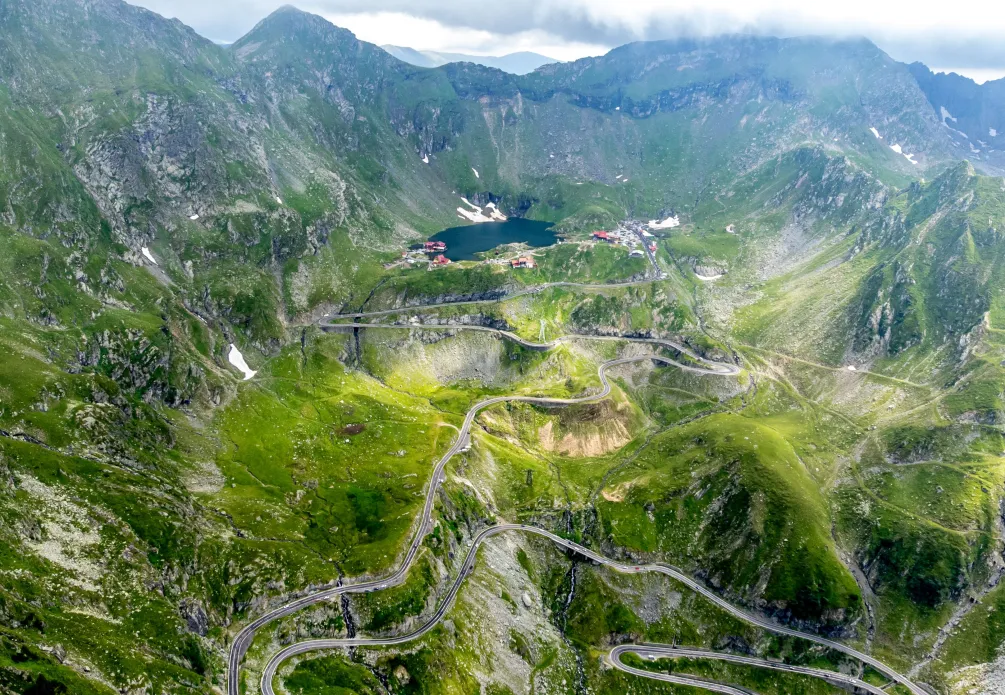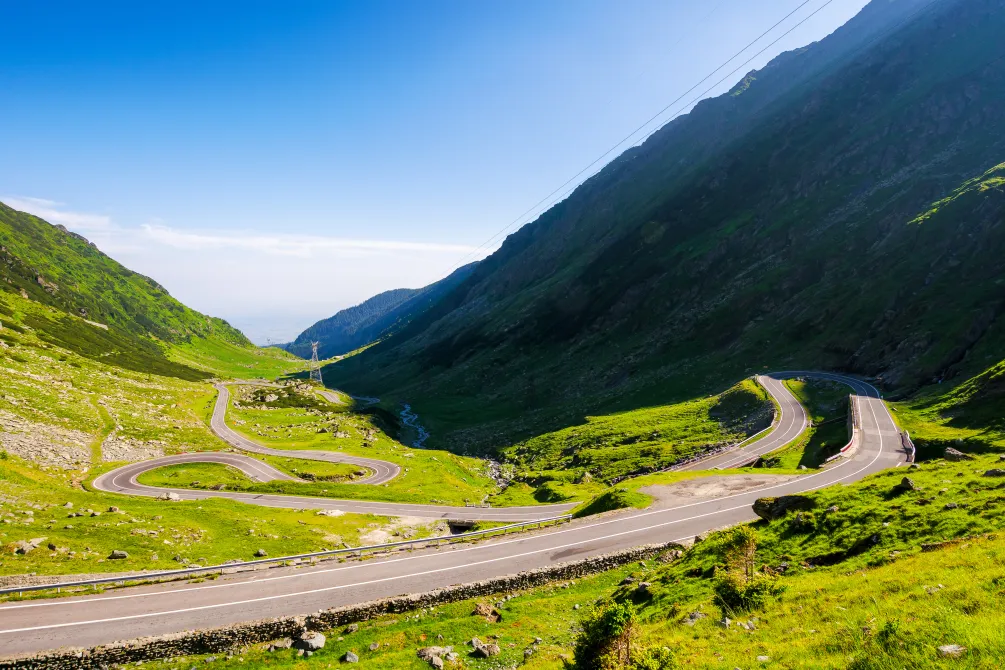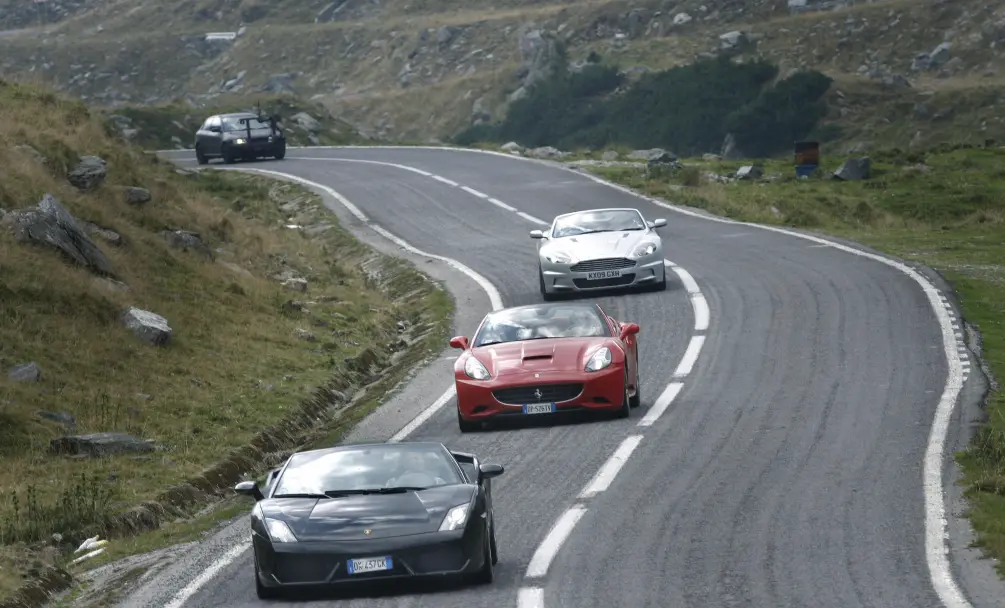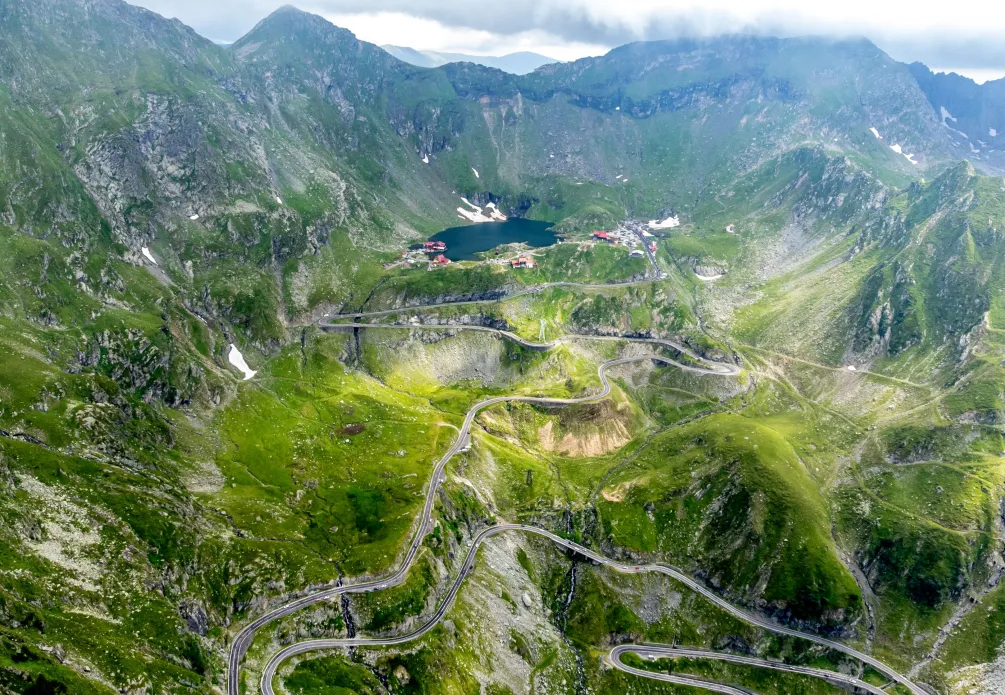News
Embarking on a Scenic Odyssey: The Transfagarasan Highway – Romania’s Crown Jewel of Roads
Nestled in the heart of rural Romania, the Transfagarasan Highway has earned its stripes as the “world’s best” road, according to the venerable Top Gear legend Jeremy Clarkson. This serpentine masterpiece winds through almost 100 miles of rocky landscapes, forging a captivating path between the city of Piesti and the town of Sibiu. Connecting these two points, the Transfagarasan becomes a breathtaking journey, meandering through the formidable Carpathian Mountains and drawing parallels to Italy’s renowned Stelvio Pass, an accolade that positions it as one of the most desirable driving destinations on Earth. Let’s find out with nowglas.

Jeremy Clarkson, alongside his esteemed co-stars James May and Richard Hammond, bestowed effusive praise upon the Transfagarasan during their Romanian adventure. Describing it as if someone had meticulously crafted the perfect track, the road unfolds like an unbroken ribbon of motoring perfection when viewed from above.
Situated at an altitude exceeding 6,600 feet, the Transfagarasan is a true driver’s delight, boasting tight hairpin turns, sweeping curves, and precipitous drops. A haven for driving enthusiasts, it demands a certain level of confidence behind the wheel, promising an exhilarating experience that leaves an indelible mark on those who dare to navigate its twists and turns.

Constructed in the early ’70s under the authoritative regime of Nicolae Ceausescu, the Transfagarasan originally served a military purpose. It was designed to facilitate the rapid movement of soldiers and military vehicles across the mountains in the aftermath of the 1968 Soviet invasion of Czechoslovakia. The road’s construction, primarily executed by the Romanian army, tragically claimed the lives of hundreds of workers, reflecting the harsh realities of its tumultuous past.
See more: Unlock Your Winter Retreat: Utilize Hotel Points for Spontaneous Getaways
Today, however, the Transfagarasan stands as a testament to transformation, evolving from its dark history into a scenic marvel that winds through some of Europe’s most underappreciated natural wonders. Travelers can savor the journey, stopping along the way to partake in mountain hikes, explore crystal-clear lakes by kayak, or indulge in a leisurely lunch at one of the cozy cabin restaurants dotting the landscape. As the highway weaves through picturesque villages, accommodations such as hotels and campsites offer respite for those looking to break up the approximately three-hour journey.

Prospective visitors should be mindful that the Transfagarasan can become quite busy during the summer months, and due to treacherous winter weather conditions, the road is closed in the winter. To make the most of the trip, it’s advisable to ensure your vehicle’s brakes are in good working order and plan your visit between June and September. Additionally, given the high altitude, travelers are encouraged to dress warmly, as temperatures remain low, and snow blankets the mountains well into the spring.
For travelers from the UK seeking to embark on this scenic odyssey, reaching the Transfagarasan is surprisingly convenient. A mere three-hour flight from London Luton to Sibiu International Airport can be secured for as little as £31 each way. This represents an enticing option compared to the cost and duration of a train journey from London to Manchester.

In essence, the Transfagarasan Highway beckons adventurers to embark on a road trip of unparalleled scenic beauty, offering not just a journey from one point to another but an immersive exploration of Romania’s hidden wonders. Whether navigating the winding roads with precision or reveling in the charm of the surrounding landscapes, the Transfagarasan promises to be an unforgettable adventure, showcasing Romania as a destination for those seeking the road less traveled.
See more: Latin American Women Take to the Streets in a Sea of Purple on International Women’s Day

